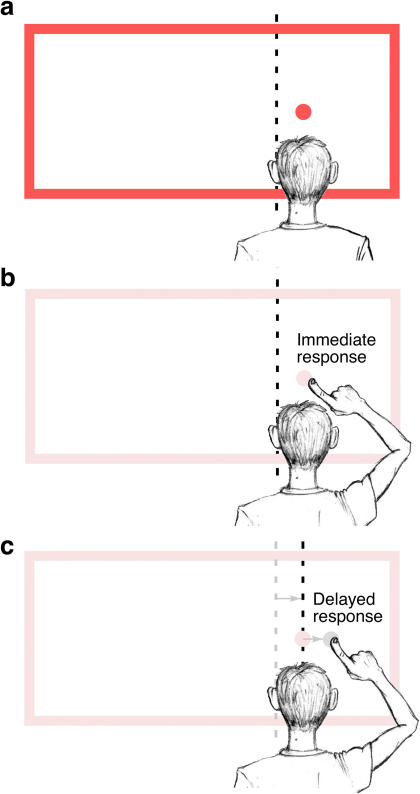Figure 5. The Biased-Midline Hypothesis.
(A) A depiction of the manner in which a target (red circle), located directly in front of the subject, would be perceived as being a small distance to the right of the subject's apparent midline (dotted line), which has itself been biased to the left in the presence of the left-shifted frame.
(B) An immediate open-loop sensorimotor response (pointing movement, as shown here, or saccade begun immediately after the target and frame are extinguished) would be accurate if the goal of the movement were encoded in the same distorted reference frame (that is, a small distance to the right of the distorted apparent midline).
(C) With the frame and target extinguished during an imposed delay, the apparent midline would drift back to veridical (gray arrows), dragging the remembered location of the target (gray circle) with it. A subsequent sensorimotor response aimed at the remembered target (located a small distance to the right of the now-veridical apparent midline) would result in a delayed sensorimotor Roelofs effect.

